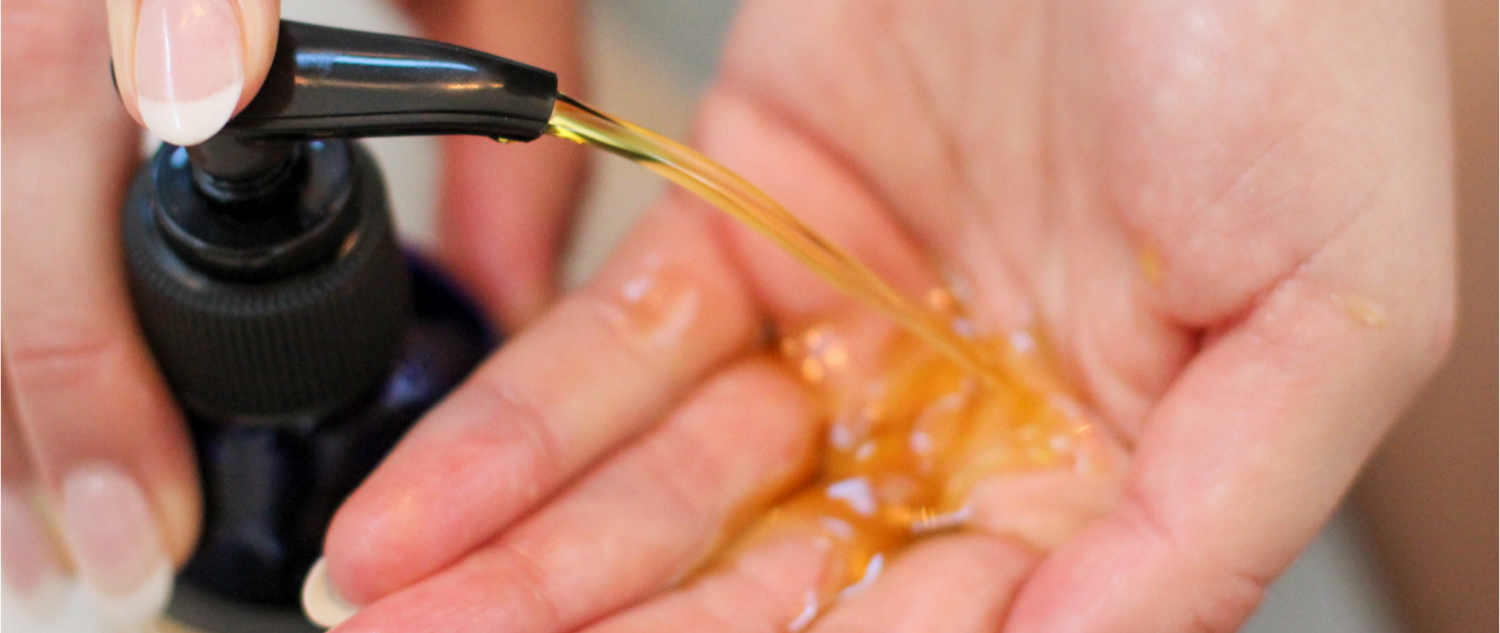Understanding your skin type is the foundation for an effective skincare routine. Each skin type has unique characteristics and requires tailored care to achieve a healthy and radiant complexion. In this blog post, we will explore how to determine your skin type, allowing you to make informed decisions about the best skincare products and practices for your specific needs.
1. Normal Skin:
Normal skin is well-balanced, neither too oily nor too dry. It appears generally smooth, supple, and free of blemishes. If you have normal skin, you are fortunate to experience few skin issues and maintain a natural, even complexion.
2. Oily Skin:
Oily skin is characterized by excess sebum production, resulting in a shiny appearance, especially in the T-zone (forehead, nose, and chin). You may experience enlarged pores, blackheads, and a tendency for acne breakouts. Blotting papers often reveal oiliness throughout the day.
3. Dry Skin:
Dry skin lacks moisture and can feel tight or rough. It may appear dull, flaky, and prone to fine lines and wrinkles. Dry skin often feels uncomfortable after cleansing and requires regular moisturization to maintain hydration.
4. Combination Skin:
Combination skin is a mix of oily and dry areas. Typically, the T-zone is oilier, while the cheeks and other parts of the face are drier. Balancing the needs of both areas can be a challenge, requiring customized skincare routines.
5. Sensitive Skin:
Sensitive skin is easily irritated and reacts to various factors such as weather changes, certain ingredients, or environmental triggers. It can exhibit redness, itchiness, or a stinging sensation. Sensitive skin requires gentle, non-irritating products to minimize reactions.
Determining Your Skin Type:
1. Cleansing Test: Start with a clean face. Gently wash your face with a mild cleanser and pat it dry. Observe your skin after 30 minutes. If it feels comfortable, not overly dry or oily, and maintains a balanced appearance, you likely have normal skin. If it feels oily all over, you have oily skin. If certain areas feel dry or tight, you have dry or combination skin.
2. Blotting Paper Test: Press blotting paper on different areas of your face, focusing on the T-zone. If the paper picks up significant oil, especially in the T-zone, you likely have oily skin. If there is minimal oil on the paper, you may have normal or dry skin.
3. Skin Texture and Appearance: Examine your skin's texture and appearance in a well-lit mirror. Oily skin may have visible shine and enlarged pores. Dry skin may have flaky patches or a rough texture. Normal skin appears smooth and even, while combination skin may have varying textures in different areas.
4. Sensitivity Evaluation: Pay attention to how your skin reacts to different products or environmental factors. If you often experience redness, itching, or stinging after product application, you likely have sensitive skin.
Determining your skin type is crucial for crafting an effective skincare routine. By observing your skin's characteristics, performing simple tests, and paying attention to its reactions, you can identify whether you have normal, oily, dry, combination, or sensitive skin. Understanding your skin type empowers you to select appropriate products and implement targeted skincare practices that cater to your skin's unique needs, helping you achieve a healthier and more radiant complexion.
At Olivespa, we've handcrafted natural products that are safe and benefical for all skin types.





